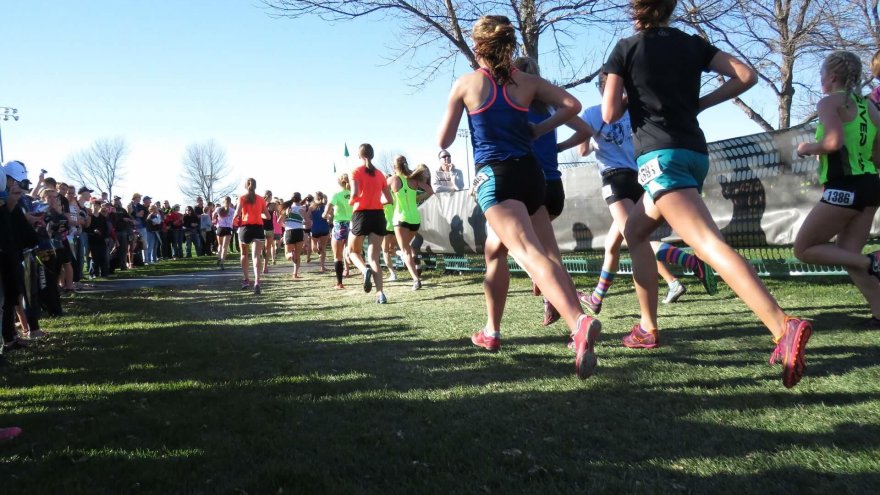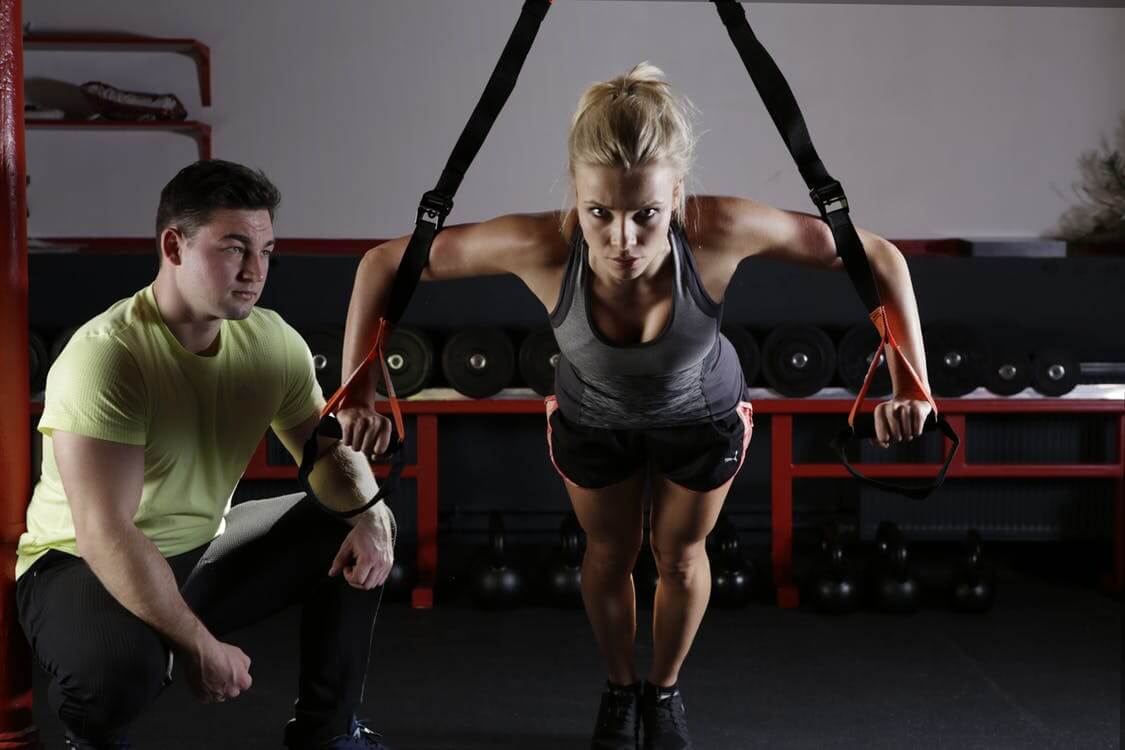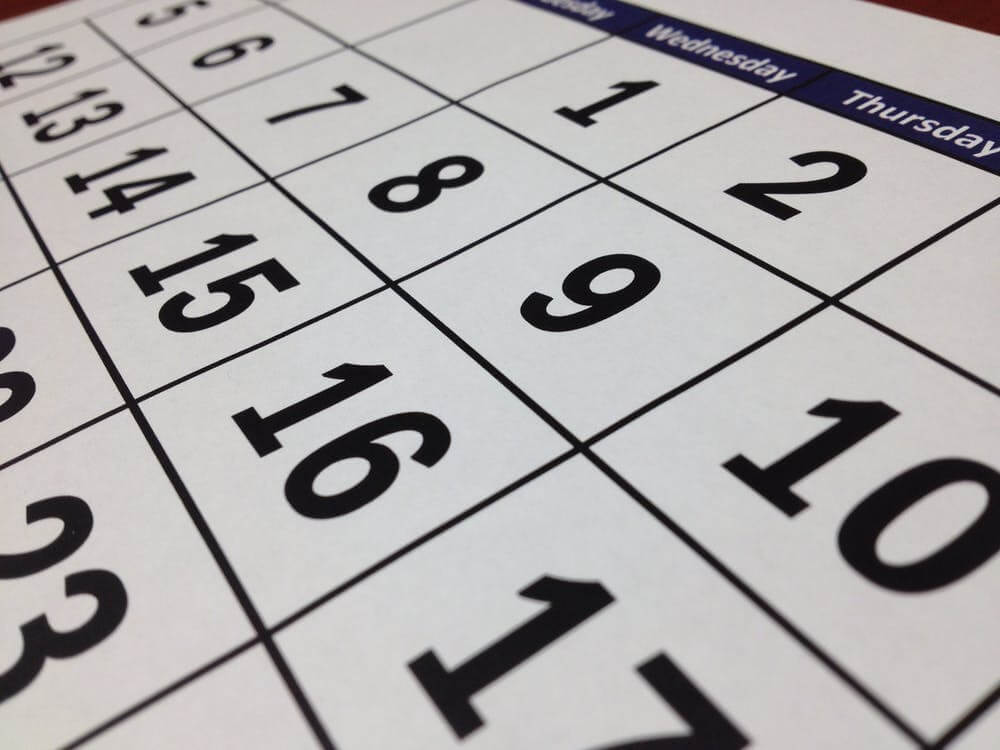Fact or Fiction: Debunking Running Myths

As runners, we are constantly looking to improve in some aspect of their running. It could be shaving off time on their personal best, more effective breathing, getting an extra 10 miles in each week – the list goes on and on. These days, there is more information and advice then we know what to do with. Turn on the TV and there is a Nike commercial telling us we must have their new shoe to give our feet more cushion. Surf the internet and there are articles from 3 different doctors telling us as runners we must take better care of our knees. Head out for a night on the town with friends and they tell you that all the running you do must be bad for you. Around every corner, we hear running myths. How on earth are we supposed to know the different between the truth and the downright lies? Below are some of the biggest running myths that are circulating today.

Myth #1: Runners do not need to strength train.
Strength training is a crucial part in any athletes training program. Strength training will not only help you be a stronger, more efficient runner, but it will also help prevent injury. But, as runners, maybe we are surrounded by a magical, invisible, injury-free bubble that only non-runners can see.
Myth #2: You must have a certain body type to be a runner.
Strange, because I’ve never seen the “Body Type” section on a race registration form. I’ve also never seen a body type inspector at the beginning of a race measuring and throw runners off course. But, who knows, I’ve only run about 100 races so, maybe I just missed both these things. Do certain body types have an advantage in running? Yes. Does that mean a person without the ideal running body type can’t run? Absolutely not! I have been a successful runner at 125 pound, 140 pounds, and at 160 pounds.

Myth #3: In order to improve, you must run every single day.
A human body can only take so much. Regardless of what physical activity you are completing, you must give your body rest. Quality training is always better than quantity training. Why does this hold true? Let’s look at another relative example. If a runner is suppose to eat 2,000 calories a day, is there a difference between 2,000 calories at McDonald’s vs 2,000 of home grilled lean meat and veggies? Of course there is. Quality training vs quantity training is the same idea. If a runner runs 50 miles with bad form vs 30 miles with good form, which do you think is better?
Myth #4: Runners are solitary creatures.
The Air Force Marathon is expected to have over 15,000 runners this year. Over 26,000 runners finished the Boston Marathon this past April. Last year, the New York City Marathon had 51,388 finishers. I’m not an elite runner by any means but, even the races I run have never had less than 500 people in them. Running is a social sport any which way you look at it.

Myth #5: Make sure you eat as many carbs as physically possible before a race.
Hanging out and chowing down with fellow runners, family, and friends the night before the big race is a great way to get amped up. It’s fun, it’s social, and it’s yummy. However, eating huge amounts of food (including carbs) every night the week before a race is an extremely very bad idea. Yes, loading up on carbs will help your muscles fill up on glycogen (stored energy). But (and this is a very big but) muscle tissue is only able to store a specific amount of glycogen. Once that amount is hit, any other glycogen that is taken in is stored as fat. If you’re running a 5k, 10k, or half marathon (basically any mileage under a full-fledged marathon), a normal diet which includes a normal amount of carbs is your best bet.
Myth #6: There is absolutely no correlation to running on a treadmill and running outside.
According to Medicine and Science in Sports and Exercise in June 2008, researchers completed a study that compared the ground reaction force and motion capture data of running on a treadmill and running over the ground outside. Both the treadmill and outside running experiments were conducted at similar speeds. The findings show the conditions of outdoor running can be reproduced by a treadmill that has adequate belt speed and stiff surface.

Myth # 7: Real runners don’t have fun.
I could see why non-runners think runners don’t have fun. Runners push their bodies to the absolute limit to achieve better results. They wake up early on their days off, follow a regimented food intake schedule, and run outside in all types of weather (yes even rain and snow). And let’s not forget the strain on a runner’s wallet. Running shoes can cost an easy $100 a pair and most runner swap out shoes every 400 miles or so. This means runners get at least one pair of shoes every 2-3 months. And running clothes? A pair of shorts and running tops can easily cost upwards of $50 (or more) each! Who in their right minds would willingly put their bodies and bank accounts through that kind of torture if they weren’t having fun? And no, runners do not always have a smile on their face and sometimes, running isn’t fun. But runners are always looking forward to their next race. They love the feeling of crossing the finish line. They enjoy training, setting goals and pushing themselves to get better. There are many reasons why runners love running, so even if a runner doesn’t look like they are having fun all the time, runners love what they do and that’s why they continue to do it.
Latest Articles
 Is Running on a Treadmill Easier Than Running Outside?Runners have their own preferences, whether it is treadmill running, running outside on the road, or exploring trails. So...
Is Running on a Treadmill Easier Than Running Outside?Runners have their own preferences, whether it is treadmill running, running outside on the road, or exploring trails. So... Is It OK to Use Trail Running Shoes on the Road?While trail running shoes can be used on roads, especially in situations where a runner encounters mixed terrains or pref...
Is It OK to Use Trail Running Shoes on the Road?While trail running shoes can be used on roads, especially in situations where a runner encounters mixed terrains or pref... How to Fix Sore Quads After Running?Rest, ice, gentle stretching, and over-the-counter pain relievers can help soothe sore quads after running. Also, ensure ...
How to Fix Sore Quads After Running?Rest, ice, gentle stretching, and over-the-counter pain relievers can help soothe sore quads after running. Also, ensure ... 10 Fruits With The Most Electrolytes to Replace Sports DrinksThese fruits are high in electrolytes such as potassium, magnesium, and calcium, essential for hydration, muscle function...
10 Fruits With The Most Electrolytes to Replace Sports DrinksThese fruits are high in electrolytes such as potassium, magnesium, and calcium, essential for hydration, muscle function...

